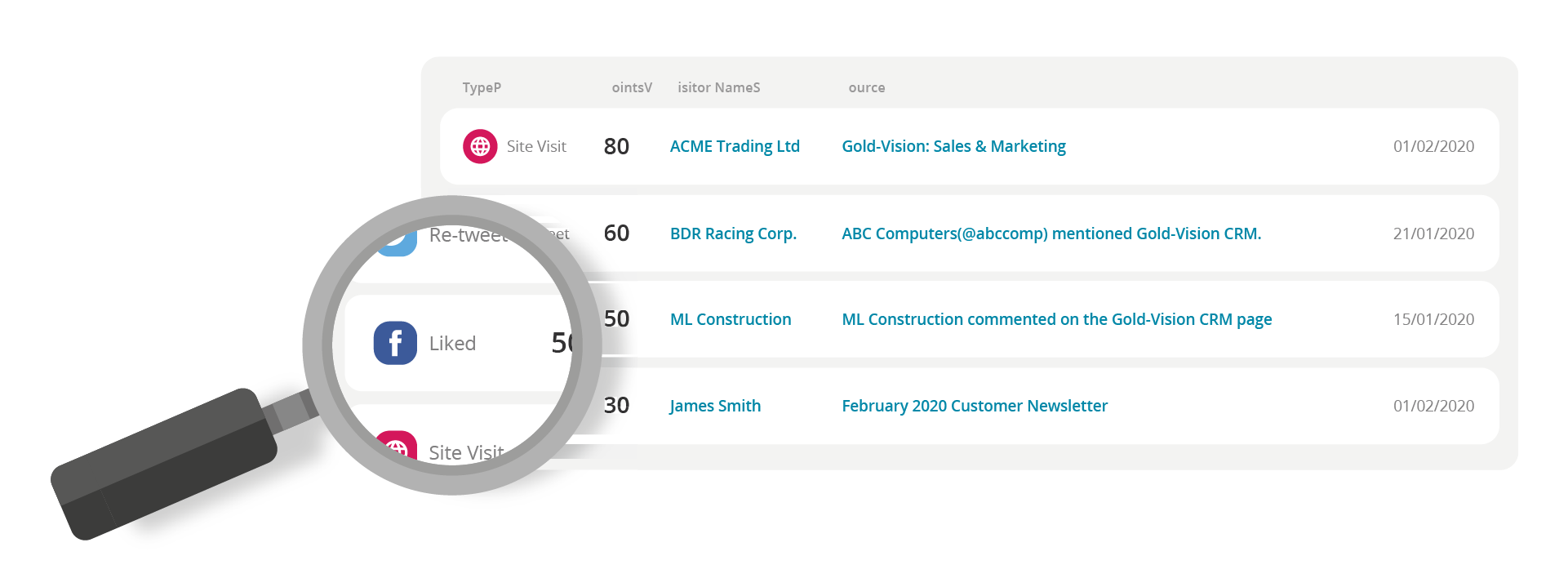If there’s one customer experience trend that has intensified over the last two years, it’s social CX. While chat, email and phone remain default preferences for many companies, social media is taking on a new level of importance given people’s increasing reliance on convenience. Your customers have insights and data at their fingertips, and trying a new product, service, or subscription has become easier as so much information is available via social.

Quick intro to social selling
Buyers expect to have relevant resources available to retrieve all the information they need about potential partners to make informed choices. As a result, the final choice of preferred partner is often made without even engaging with a sales team!
Social selling’s aim is to research, connect, and engage with prospective contacts to build relationships that aren’t focused on the hard sell but rather positioning yourself as a helpful, trusted advisor. In turn, when someone in your network finds themselves needing a product (or service) that your company offers, you’re more likely to be top of their list of people to reach out to. You can find out more about how to get started with social selling in our eBook – A complete guide to social selling: 7 steps to social selling success

What’s this got to do with social CX?
The basic principles of social selling also lend themselves very naturally to providing exceptional social CX. However, rather than working up towards a potential sale, the focus with social CX is to listen, gather feedback and ultimately improve the experiences that your customers are having on the platforms that they’re choosing. As well as intensify and grow your current and target relationships.
6 lessons from social selling to enhance your social CX

1) Be where your customers are
Just because there’s a wide range of social platforms out there doesn’t mean that you must focus on all of them. Instead, research which platforms your customers are most active on and let this guide your efforts. For us, this was LinkedIn, but it may be a different story for you. Once you’ve discovered where your customers are, pay attention to how they use the platform, what they engage with, how they interact with peers and other companies. It’s also a good idea to explore how your competitors use the platform. All of this will help you develop a strategy on how best to engage with your customers in a meaningful way.
2) Unite your business around the value of social
Once you’ve developed your strategy on where your customers are and how best to engage with them, you must share this knowledge with your whole business. Doing this helps ingrain social media processes and best practices, establish employees as trusted professionals, and drive employee engagement and advocacy of your brand. Ultimately, the aim here is that no matter who a customer interacts with, they will receive a consistent, good quality experience. A simple way to start this process is ensuring that your employees have consistent profiles, such as:
- On brand headers
- Work-related contact information
- Detailed and informative ‘About’ sections
- Relevant media from your brand (such as blogs, eBooks, videos)
Another way to unite the business around social is to help one another. For example, at Gold-Vision we use an internal communication channel to notify each other when a new post has been shared. We then ask colleagues to like and share these posts on social platforms to help boost the post’s visibility.
TOP TIP: Nominate Social Champions to help your wider teams get started. Not everyone will be confident straight away, so identifying those who are and training them up first means that they can easily help others adjust and give advice.

3) Maintain brand voice and identity
Building on this idea of providing consistent experiences to your customers on your chosen platform (or platforms), maintaining your brand voice and identity is essential. In the early days of our social selling journey, we used a series of pilots to help us test out and develop different messaging and visual styles until we were happy with a consistent approach. We then created messaging and style guides that were made available to the sales team to use as reference points. However, there’s no reason why these same techniques can’t be applied to your social CX and made available to your wider teams.
This is also a great opportunity to call on your Social Champions to really showcase how best to maintain brand voice and identity when engaging with customers, posting content, or joining in with conversations. This is your chance to relay your USPs to your customers or prospective clients.
4) Post and engage consistently
Just as your sales team needs to get into good daily habits of posting, liking, and engaging with content when social selling, the same principles should be followed when it comes to your social CX. There are many different schools of thought out there on how often you should spend on this each day, but ultimately, every member of your wider teams needs to work out what is realistic for them. The main thing is to keep it consistent so that their networks can get used to this person being available at certain times. A great example of this is posting after key events with customers, such as upgrades, implementations, or account management reviews.

5) Respond quickly
By focusing on the platforms where your customers are most active, they will notice that you are present and available. As a result, they may start to reach out to your business profile or individual profiles regarding queries or issues. The key here is to respond quickly and, where possible, keep the conversation on the platform (although a move to the platform’s direct messaging tool may be required). The reason for this is because they have chosen to reach out to you in a way and place that they are comfortable with. The last thing you want to do is cause unnecessary friction by forcing them to move to a different form of communication.
6) Review, improve, repeat
As with any new process, you must frequently review and tweak your approach. We used a series of pilots to test out new methods or techniques and then came together to review the results and make any necessary adjustments before starting the next pilot. This approach is just as effective when it comes to developing and maintaining your social CX approach. This is especially true when you remember that social media is a sphere that is constantly changing, with people’s expectations fluctuating depending on external and internal influences. This approach of reviewing, improving, and repeating will help ensure that your strategies are not left behind.
How can CRM help?
Insights
A CRM like Gold-Vision will serve as a central place for you to store all the insights that you want to track to help monitor the progress and success of your social CX efforts. For example, you might want to keep a record of:
- Feedback
- Reviews
- Relationship strength and customer success management
- Contact personas
- Growth opportunities and sales history
- Customer story tracking
- Current business initiatives
- Customer service history and resolution
- Marketing campaign performance
- Touch points for communication along the customer journey, including email tracking as well as website visits or marketing click-through data
Your CRM should also give you a centralised view of all interactions with your customer, whether that’s social touch points, live chat transcripts, emails, notes, etc. All of this will contribute to building a complete view of their journey so far across all platforms.

Networking
Capturing and storing your contacts in CRM is nothing new. However, with a good CRM, you should be able to capture additional information that will help you network more effectively, such as:
- Social media handles
- Contact role
- Who’s that contact connected to within your business
To help build a full picture of your contacts and connections, we recommend connecting with your key customer contacts on whatever social profile (or profiles) you have chosen to focus on. Doing this will make it easier to develop those key relationships and socially surround them so that you and your colleagues can always be on hand to help with any queries or issues.

Content & social planning
Sharing relevant content and posting regularly is vital to keeping your network engaged. While there’s a place for creating your own content ad-hoc and sharing industry content, it’s a good idea to have a structured plan in place for your wider efforts. This way, you can benefit from a clear idea of what you’re going to share and when so that you can stay consistent. This is where your CRM should be able to help. With Gold-Vision, you can plot out your upcoming content and social posts in a calendar view that can be pinned to your menu for quick access. This can also be done at a company level by your marketing team so that all teams can view which posts and content shares will be happening from the company page.
You should also be able to use your CRM to keep track of which posts or content pieces (such as blogs or webinars) are performing best in terms of engagement. This, in turn, will help to inform your future posting so that you continue to share the type of insights that your customers want to see.

In summary
Success with social CX won’t happen overnight – it takes work, patience and a consistent approach to generate results. However, the rewards are well worth the wait. Taking the time to set up good processes means that you will enhance your relationship with your customers, team members will be seen as trusted advisors, and you will be well-positioned to help your customers when they need you. As a result, it won’t be long before you find your customers referring your products and services to their network or sharing your content with their network. It’s no exaggeration to say that satisfied customers are a precious resource, especially when they become the biggest promoters of your brand on social platforms.
Social media will continue to transform and improve CX, especially as people look to get their needs met across various channels. Over time, the social media channels themselves may diversify. The best approach is offering support where your customers are active, so your business can accelerate purchases, issue resolution, customer satisfaction, and advocacy. Social platforms and the ability to engage with your business via them is already becoming an expectation, so act now and start laying the foundations for fantastic social CX.
If you’ve found this blog helpful (and I hope you have) then please do connect with me on LinkedIn and follow the Gold-Vision company page for more insights.



